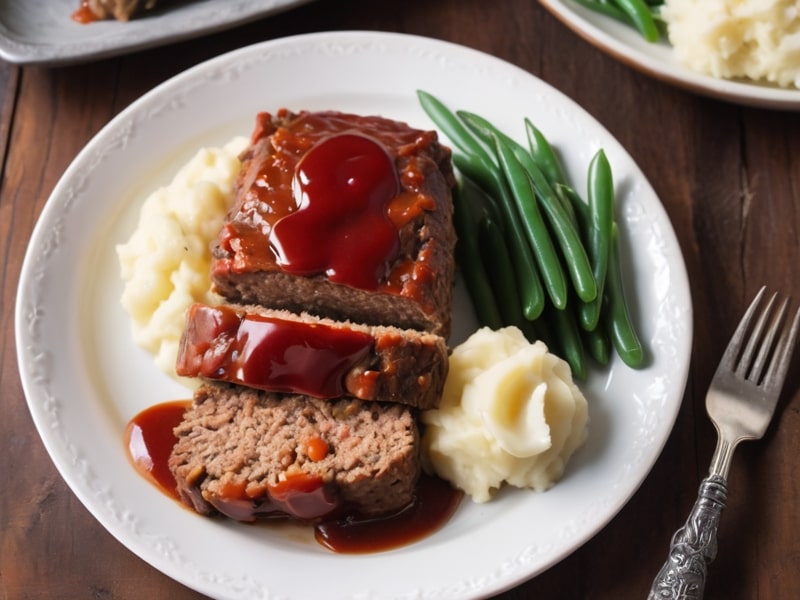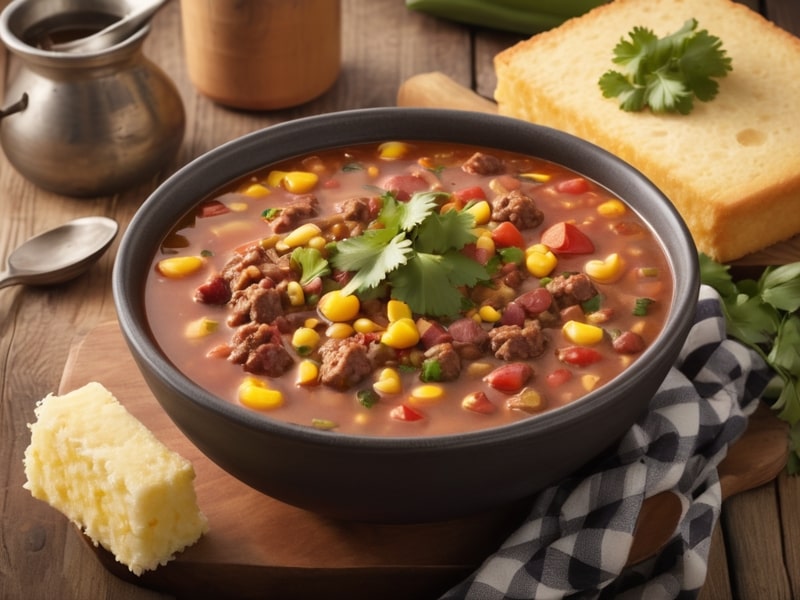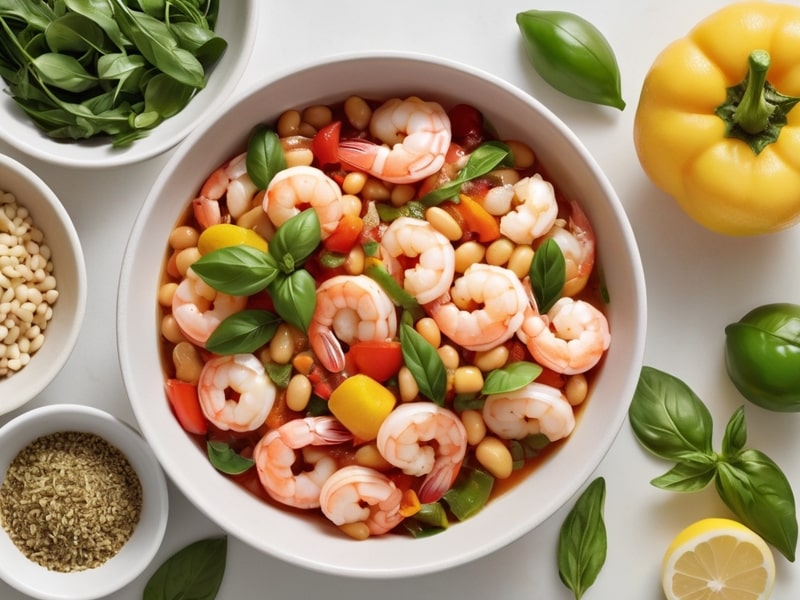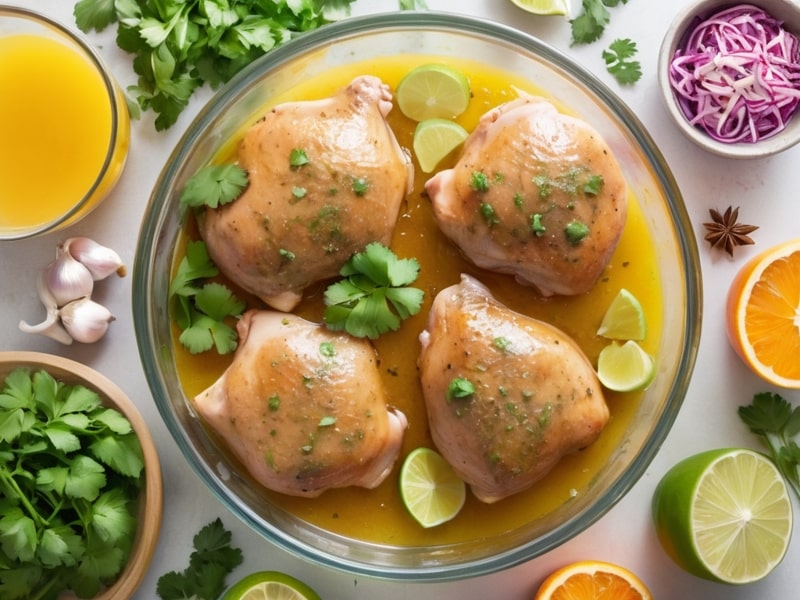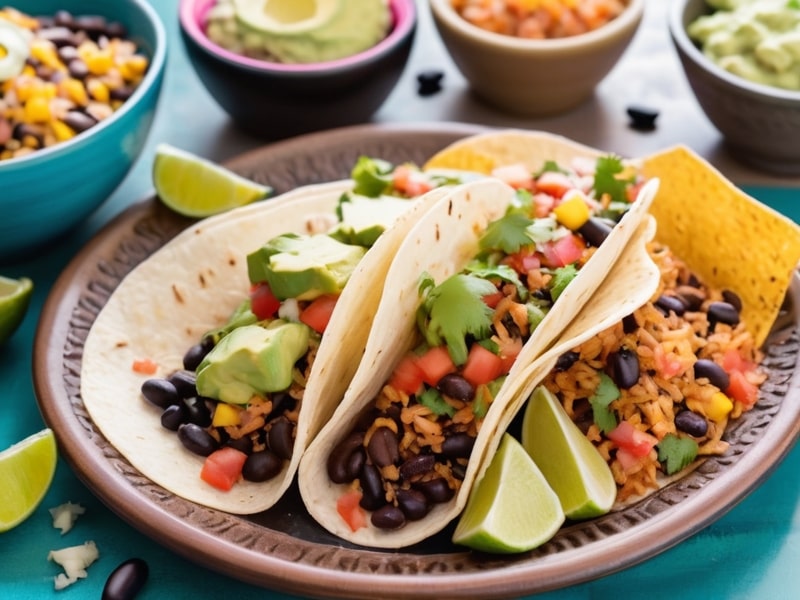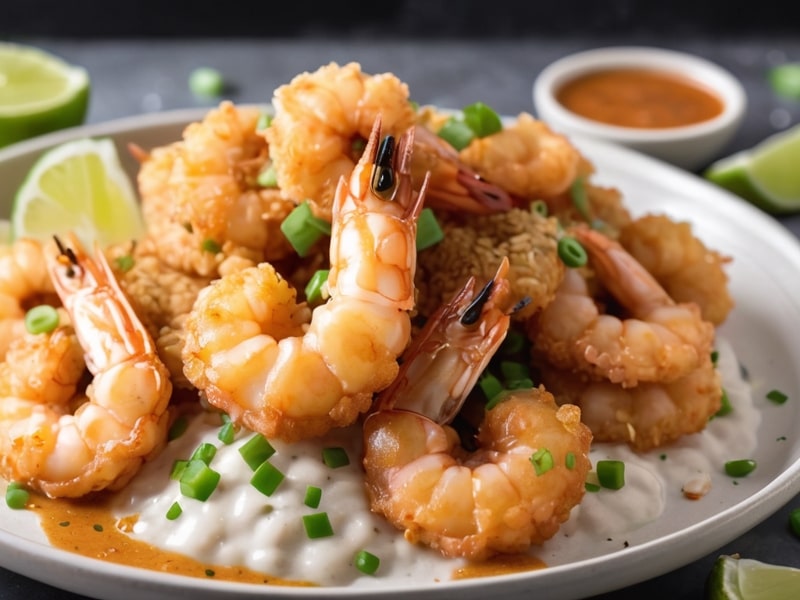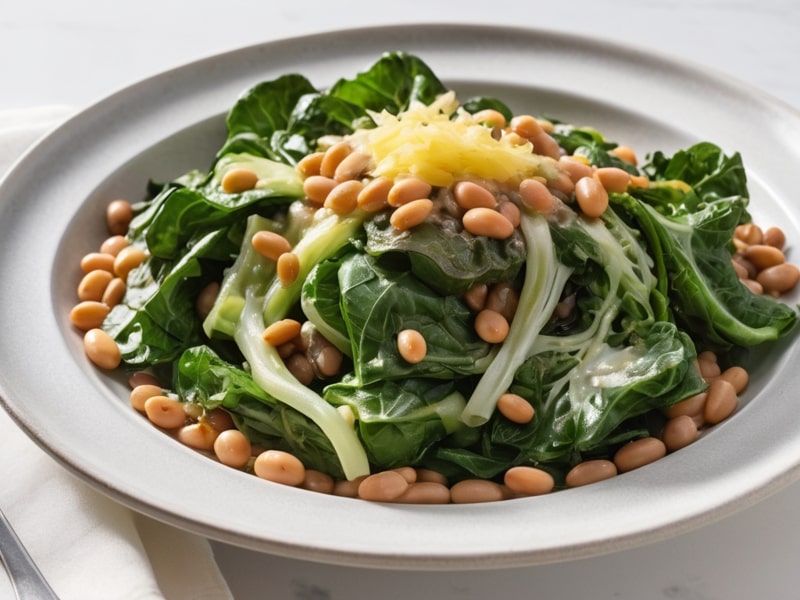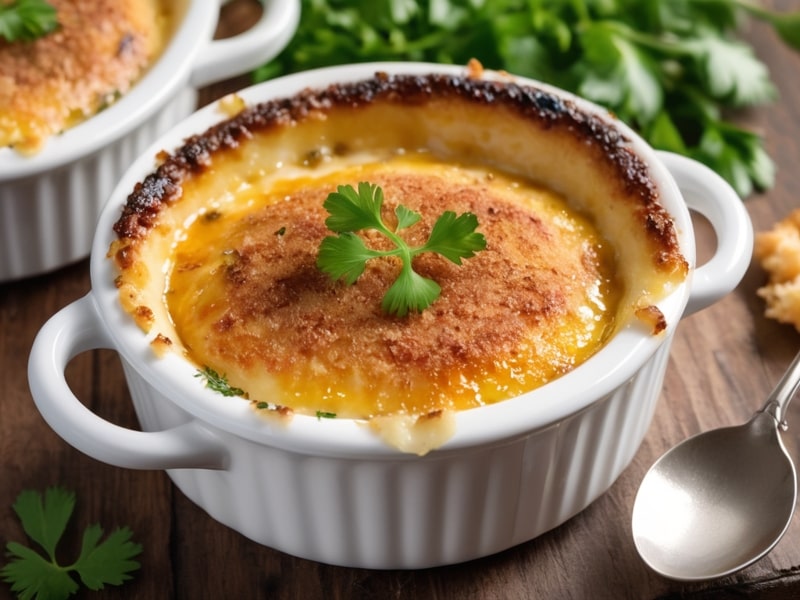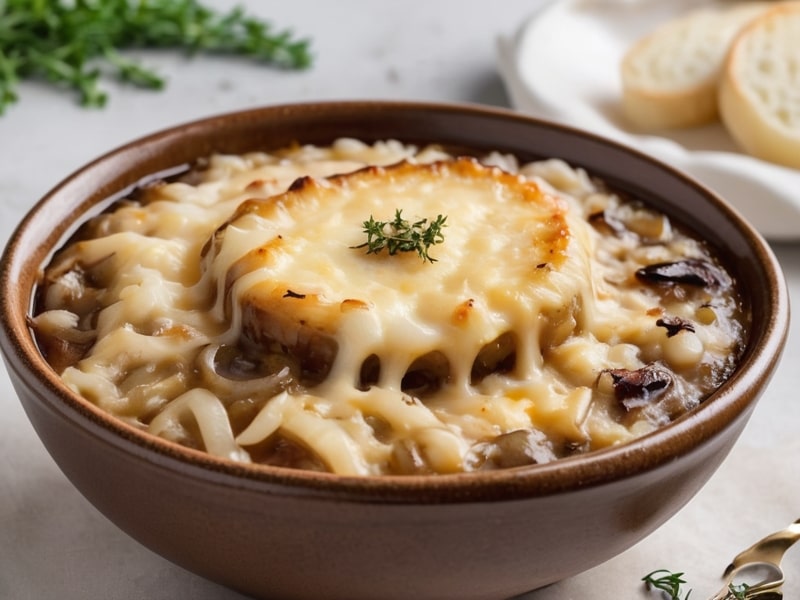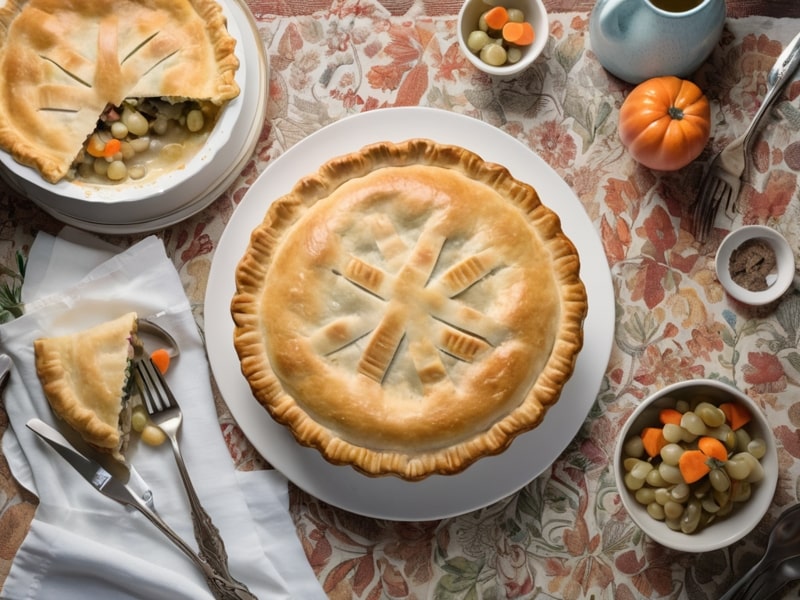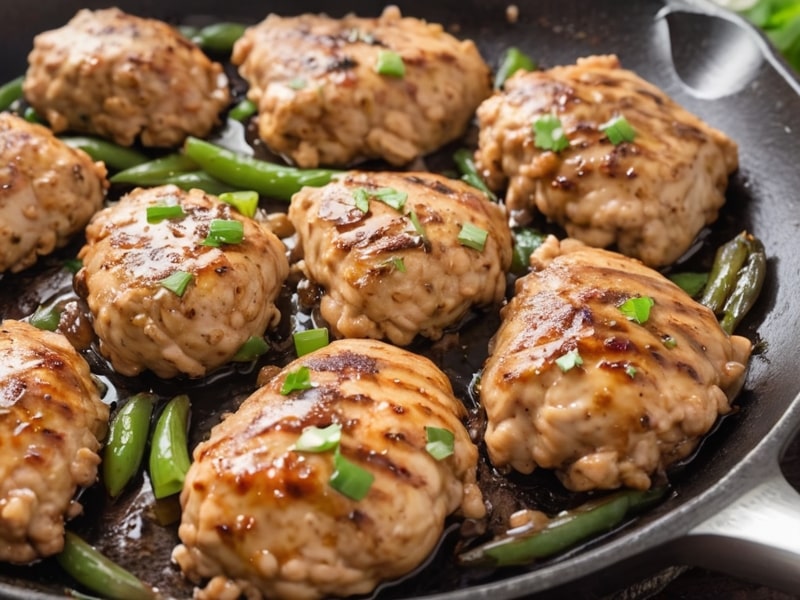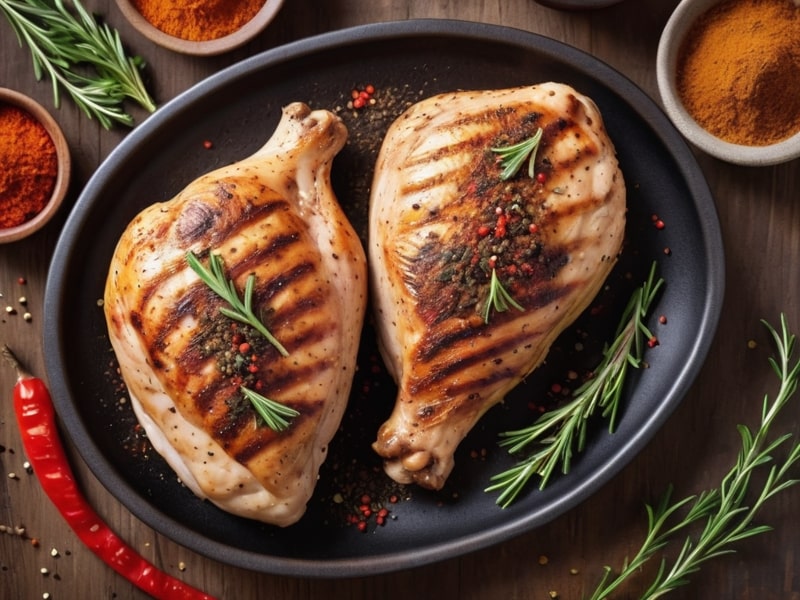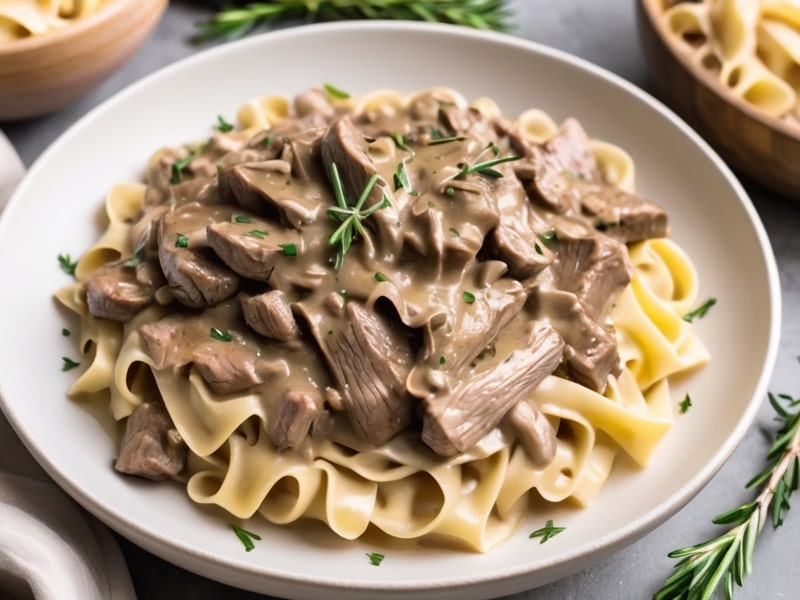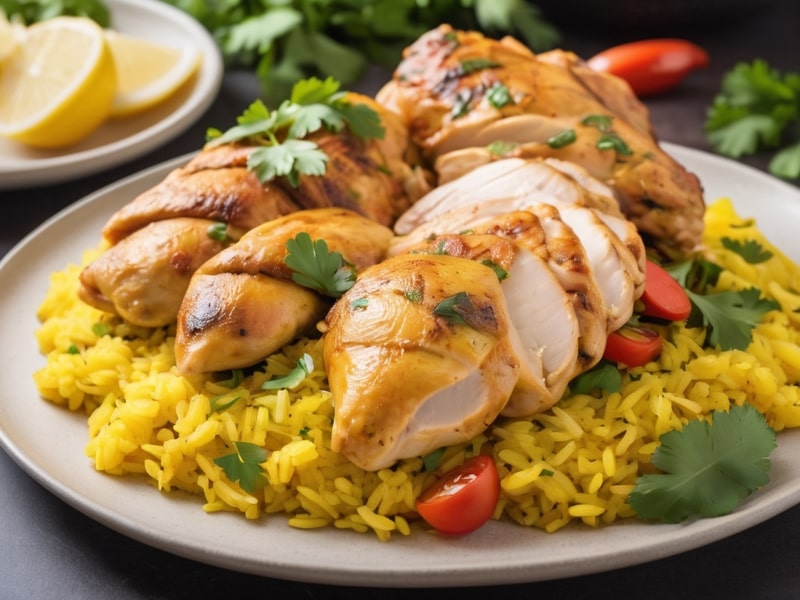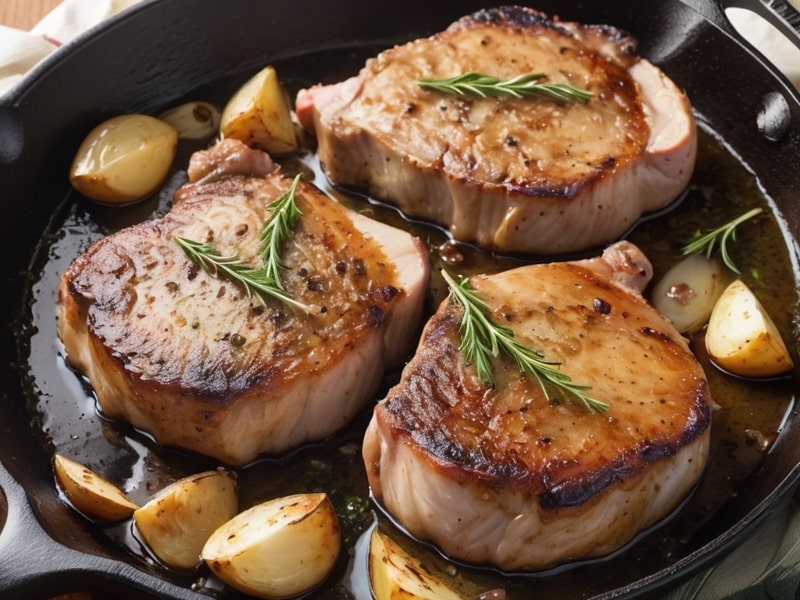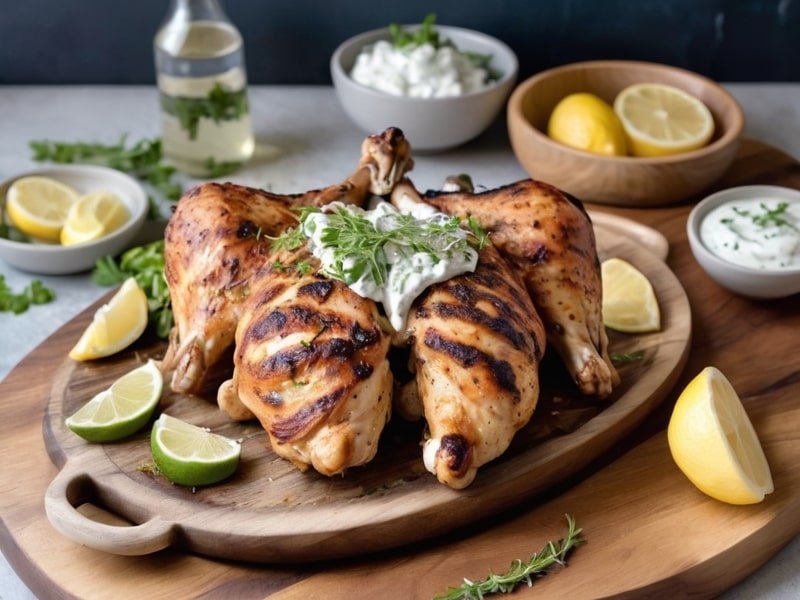Last updated on November 14th, 2024 at 06:32 am
Vermicelli is a thin noodle that is adored worldwide for its delicate texture and adaptability. This pasta has established itself in a variety of culinary traditions, whether it is used in savory soups, stir-fries, or sweet sweets. We’ll cover all you need to know about vermicelli in this extensive guide, including its kinds, history, methods of preparation, and how to make some of the best recipes. Whatever your level of cooking experience, how to make vermicelli will make your food taste better.
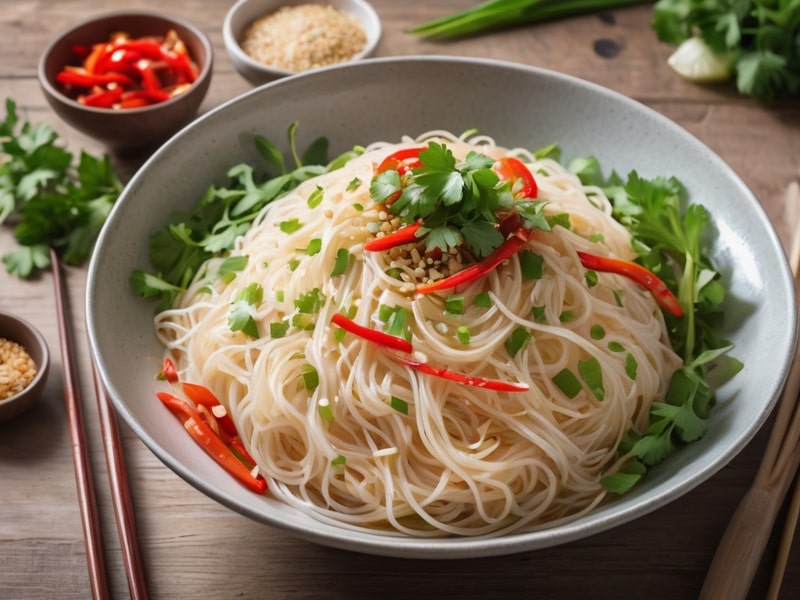
The Origins and Global History of Vermicelli
Vermicelli has a long history in both Asian and Italian cuisines. The word “vermicelli” is derived from the Italian word that means “little worms,” which describes the thin, long shape of the noodles. Asian vermicelli is usually prepared from rice or mung beans and is popular in China, India, Thailand, and Vietnam; Italian vermicelli is made from durum wheat and is widely used in Mediterranean recipes.
A Global Staple
Because it’s versatile and simple to use, vermicelli has gained popularity all around the world. Rice vermicelli is a staple in stir-fries, soups, and cold salads in Asia, but it’s typically served with olive oil, garlic, and seafood in Italy. Many civilizations have adopted this noodle over time, making it a popular ingredient with various applications.
Types of Vermicelli: From Wheat to Rice and Beyond
Vermicelli comes in a variety of forms, each with a distinct flavor and texture. It will improve your cooking tremendously to know which one to use in different recipes.
1. Wheat Vermicelli (Italian Style)
- This is the variety of vermicelli that is most frequently used in Italian cooking. Made from durum wheat, it is frequently used in recipes like spaghetti or vermicelli aglio e olio and is thicker than its Asian equivalent.
2. Rice Vermicelli (Asian Style)
Ground rice is used to make rice vermicelli, which is thin and translucent. Asian foods include pho (Vietnamese noodle soup), and bun cha (grilled pork noodle salad), and different stir-fry recipes frequently contain this kind.
3. Glass Vermicelli (Cellophane Noodles)
Mung beans are used to make glass vermicelli, which is often referred to as cellophane or bean thread noodles. These noodles, which become transparent when cooked, are frequently used to soups and salads, such as the well-known Korean dish japchae.
4. Seviyan (Indian Style)
- Vermicelli, sometimes referred to as seviyan in India, is frequently used in both savory and sweet recipes. A traditional Indian delicacy called Seviyan Kheer is produced by boiling vermicelli with cardamom, sugar, and milk.
Visit Tweechi for a delectable take on seafood with their Crab Brûlée Recipe. A gourmet meal perfect for any special occasion that combines rich flavors and a creamy texture!
Health Benefits of Vermicelli
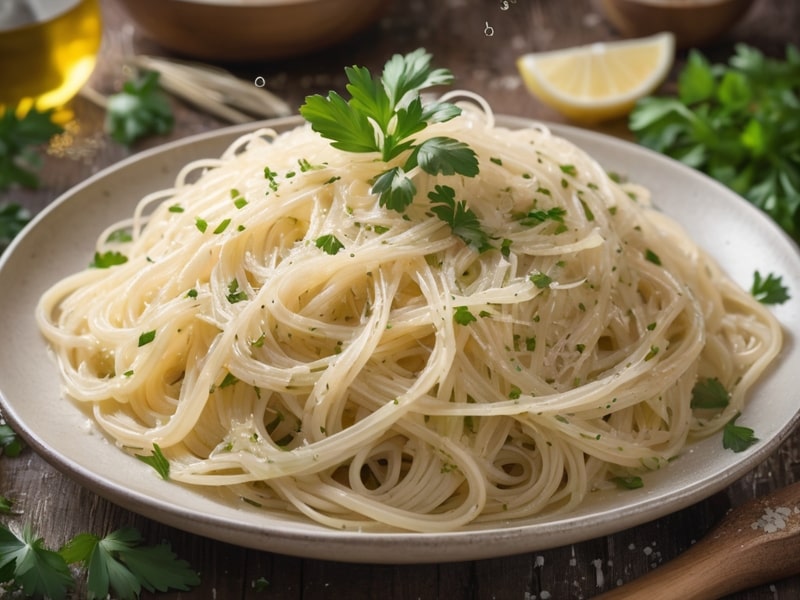
Although vermicelli is well-known for its culinary versatility, it also has a number of noteworthy health advantages.
1. High Energy Content
Vermicelli is a fantastic source of energy because it is high in carbs. Because of this, it’s perfect for athletes, those who are active, or anyone who needs a quick energy boost.
2. Low-Fat Content
Vermicelli comes in a variety of naturally low-fat variants, including rice and glass versions. When paired with appropriate components such as fresh vegetables or lean proteins, vermicelli can serve as the foundation for a nutritious and well-balanced dinner.
3. Gluten-Free Options
Rice and glass vermicelli are great substitutes for people with celiac disease or gluten sensitivity. They let you enjoy noodle-based foods without having to deal with gluten-related digestive problems.
4. Vitamins and Minerals
Vermicelli meals have the potential to provide a range of vitamins and minerals, contingent on the accompanying components. For instance, salads made with vermicelli and lots of fresh veggies include vitamins, fiber, and antioxidants.
Visit Lazy Cat Kitchen for a thorough and easy recipe on how to cook vermicelli noodles to perfection. Ideal for both novice and experienced cooks!
Essential Vermicelli Recipes from Around the World
After learning about the various varieties of vermicelli, it’s time to try some traditional dishes from various cultures that make the most of this adaptable noodle. These delectable meals demonstrate the various ways that vermicelli can be incorporated into international cuisine.
1. Vermicelli Stir-Fry with Vegetables (Asian Style)
This is a really simple and quick recipe that’s great for weeknight meals. Stir-fried rice vermicelli is combined with a variety of fresh vegetables, including carrots, bell peppers, and snap peas, along with sesame oil, soy sauce, and garlic. For additional protein, you may also include shrimp or tofu.
Ingredients:
- 200g rice vermicelli
- 1 tbsp soy sauce
- 1 tsp sesame oil
- 1 garlic clove, minced
- Assorted vegetables (carrots, bell peppers, snap peas)
- Tofu or shrimp (optional)
- Salt and pepper to taste
2. Seviyan Kheer (Indian Dessert)
A crowd favorite for festivals and special occasions is this delectable Indian delicacy. After being cooked in milk and sugar, cardamom is added for taste, while almonds and raisins are used as decoration.
Ingredients:
- 100g vermicelli (seviyan)
- 1 liter milk
- 100g sugar
- 1/2 tsp cardamom powder
- 10 almonds, chopped
- 10 raisins
3. Vietnamese Vermicelli Noodle Salad
This salad is light and fresh, with rice vermicelli mixed with veggies, herbs, and a zesty dressing of sugar, fish sauce, and lime juice. On a hot day, it makes an ideal side dish for grilled meats or a stand-alone dinner.
Ingredients:
- 200g rice vermicelli
- Fresh herbs (mint, cilantro, basil)
- Cucumber and carrot julienned
- Lime juice, fish sauce, and sugar for dressing
- Crushed peanuts for garnish
Cooking Vermicelli: Tips for Perfect Noodles Every Time
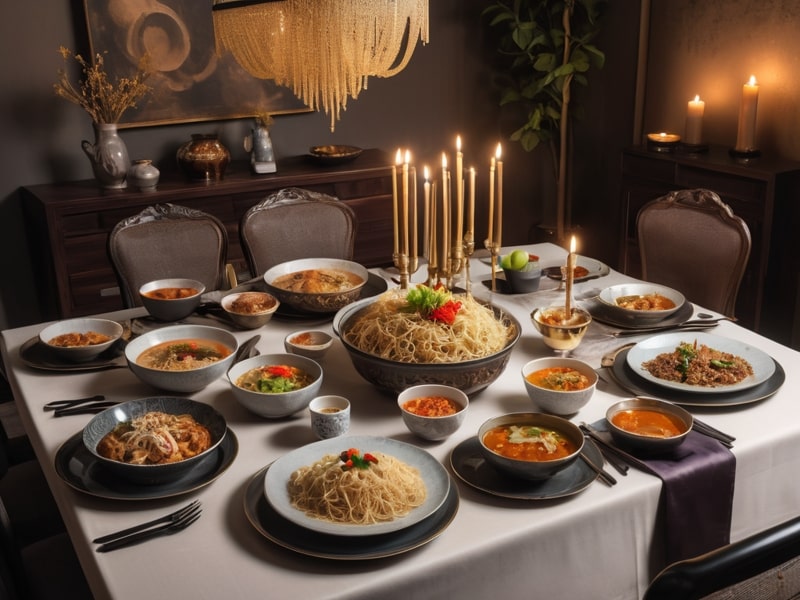
Although cooking vermicelli might seem simple, getting the hang of it can greatly improve the quality of your meals. Here are some pointers to help you make flawless vermicelli every time.
1. Boiling Time
Depending on the variety, vermicelli cooks quickly—usually in three to five minutes. Though it’s advisable to err on the side of caution and taste-test a noodle after a few minutes, always make sure to follow the directions on the packaging.
2. Rinsing After Cooking
After boiling, it’s crucial to rinse the noodles under cold water for both rice and glass vermicelli. In addition to stopping the frying process, this keeps them from getting overly sticky.
3. Avoiding Mushiness
Overcooking vermicelli is one of the most frequent cooking errors. Due to its thinness, vermicelli can be easily overcooked, turning into a mushy texture. To prevent this, set a timer and pay close attention to your noodles.
4. Stir-Frying Tip
Vermicelli should be stir-fried rapidly over high heat to avoid the noodles sticking. Additionally, a small amount of oil prevents the noodles from sticking together.
How to Store Vermicelli for Maximum Freshness
Vermicelli keeps fresher for longer when stored correctly. This is how to store cooked and uncooked vermicelli.
1. Uncooked Vermicelli
Dry vermicelli needs to be kept in a dry, cool environment in an airtight container. If properly stored, it can last up to a year.
2. Cooked Vermicelli
Refrigerating cooked vermicelli in an airtight container is recommended. It’ll linger for three to four days. To make the noodles supple again, stir them gently with a little oil while warming.
Vermicelli in Special Diets: Gluten-Free and Low-Fat Cooking
Vermicelli can be a fantastic addition for people following particular diets. Vermicelli comes in low-fat and gluten-free forms, making it a good option for those trying to watch their weight or avoid gluten.
1. Gluten-Free Cooking
Both glass and rice vermicelli are inherently gluten-free. They work well in a variety of recipes, such as soups and salads, and are ideal for those who are intolerant to gluten.
2. Low-Fat Recipes
You can make nutritious, low-calorie meals that are flavorful and satisfying by mixing vermicelli with low-fat items like fresh veggies and lean proteins.
Vermicelli for Any Occasion: From Festive Feasts to Weeknight Dinners
The versatility of vermicelli to fit different situations is one of its most intriguing features. Vermicelli works well in a variety of menu items, whether you’re making a fancy meal for a big occasion or a simple, satisfying weeknight supper. Here’s how to incorporate vermicelli into both regular dinners and festive fare.
- Weeknight Dinners: Quick, healthy dinners like stir-fries, soups, and salads made with vermicelli are ideal. These recipes are perfect for hectic evenings because they can be prepared in 20 minutes or less.
- Festive Feasts: Vermicelli-based foods are frequently offered at festivals, holidays, and celebrations throughout the cultures of Southeast Asia, the Middle East, and India. To make your holiday table unique, try serving delicacies like creamy soups, festive seviyan kheer, or biryani with vermicelli.
- Light Summer Dishes: Vermicelli can also be used to make cool salads that are ideal for potlucks or summer get-togethers. This meal is light and tasty, made with vermicelli, crisp veggies, and zesty sauces.
Vermicelli enhances the flavor, texture, and elegance of your food for any occasion.
Conclusion: Mastering Vermicelli in Your Kitchen
One of the most adaptable ingredients in world cuisine, vermicelli may be used in a plethora of savory and sweet recipes. Vermicelli gives a distinctive texture and flavor to any dish, whether you’re making a rich Indian dessert, a light Vietnamese salad, or a traditional Italian pasta dish. You can now discover the world of vermicelli and make delectable dishes at home with the help of this tutorial.
You may turn basic ingredients into delectable dinners by learning about the various kinds of vermicelli, honing your cooking methods, and trying recipes from throughout the globe. So take out your noodles and get frying!
FAQs Vermicelli
1. Can I substitute vermicelli for spaghetti?
Yes, you can, especially in soups or stir-fries. But remember that it will have a different texture. Since vermicelli is thinner than spaghetti, it cooks more quickly and has a softer texture.
2. How do I prevent vermicelli from clumping?
When adding noodles to dishes, rinse them in cold water after cooking and mix them with a little oil. They won’t stick together because of this.
3. Is vermicelli good for weight loss?
Rice vermicelli has fewer calories than other types, but it can still be a part of a diet that focuses on losing weight when paired with vegetables and lean proteins.
4. What are some common mistakes to avoid when cooking vermicelli?
The most frequent errors include boiling rice or glass vermicelli too long, which makes them cling together, and overcooking the noodles, which results in mushiness. Keep a tight eye on the cooking time and immediately rinse the noodles under cold water after boiling to prevent this.
5. Can I use vermicelli in cold dishes?
Of course! Vermicelli is a great addition to cold dishes like spring rolls or noodle salads. Particularly rice vermicelli is frequently served cold in Vietnamese and Thai salads, providing a cool, airy choice that’s ideal for warm weather or as a side dish.

